Solo ads can be a highly effective online marketing strategy, but only if done right. Choosing the right solo ads vendor and optimizing campaigns for your target audience are key to success. This article takes you behind the scenes of real-life solo ad campaigns that generate impressive results through careful planning and execution.
Choosing The Right Solo Ads Vendor
Not all solo ad vendors deliver equal value. Finding one that provides access to highly targeted and responsive audiences can make all the difference in campaign performance. Here are two examples of advertisers who carefully vetted solo ad vendors and found winners who drove conversions for their products.
AppSumo’s Affiliate Promotion Campaign With A Dedicated Vendor
When promotions platform AppSumo planned an affiliate contest to drive subscriptions, they knew solo ads would be a cost-efficient way to reach engaged users interested in online tools and services. However they needed to find the right solo ads vendor who could deliver their offer to the most relevant audiences. After researching several solo ad marketplace options, AppSumo selected a vendor dedicated specifically to affiliate and Lifetime Deal site traffic. This specialized focus gave AppSumo’s affiliate contest solo ad heightened visibility among engaged users already buying online subscriptions and deals.
Hyros Watches Targets Micro Influencer Audiences
When Hyros Watches launched its modern wood and steel timepieces, the startup knew precisely who its potential brand advocates were—micro-influencers in the woodworking, EDC, and men’s lifestyle niches. After struggling to find sponsorship effectiveness with broader menswear publications, Hyros Watches decided to test solo ads. Once again, identifying the right solo ads vendor made all the difference. Hyros carefully researched providers with access to woodworking and EDC micro-influencers. They ultimately chose a vendor focused specifically on sponsorships across CPA, affiliate, and micro-influencer websites. Targeting solo ads to these hyper-relevant niche sites gave their new watch brand prime visibility among ideal customers.
Optimizing Campaigns For Audience Relevance
But identifying the right audience is only step one. Crafting solo ad copy and landing pages tailored to each audience drives higher conversions. Again, looking at real-life examples illustrates how customization for relevance pays off.
AppSumo Personalizes Affiliate Contest Pages
After selecting its solo ads vendor, AppSumo next created a tailored landing page for the traffic source. Knowing the users were already engaged affiliate marketers, AppSumo designed the landing page copy to motivate and highlight affiliate-specific perks. This included emphasizing key benefits like recurring commissions, lifetime deal access, and more. The landing page copy, graphics, and calls to action were all fine-tuned to get affiliate traffic excited to promote AppSumo subscriptions over other affiliate programs. This laser focus helped their contest solo ad drive a 26% conversion rate, exceeding the 20% goal.
Hyros Watches Crafts Custom Sponsor Request Copy
Similarly, when Hyros Watches ran solo ads to micro-influencers and CPA site traffic, they wrote custom ad copy focused on appealing specifically to creators in the woodworking and EDC space. This included highlighting the natural bamboo and aircraft-grade steel construction that would uniquely appeal to the target niche audiences. The ad copy emphasized how these niche product attributes made the watches highly sponsorable content. Hyros also featured micro influencer-specific perks in the ads, like extended trial periods and commissions on referred sales. This tailored ad copy helped Hyros achieve a 22% application rate from the solo ad traffic, securing over 100 new brand sponsors in a single 2-week campaign.
Key Takeaways For Solo Ad Success
As these case studies illustrate, not all solo ad campaigns deliver equal value. But with the right solo ads vendor selection and subsequent optimizations, solo ads can become a marketing grand slam. Here are the top lessons to make your next solo ad campaign succeed:
Vet Potential Solo Ads Vendors Carefully
Research niche focus and traffic relevancy
Prioritize engaged, responsive audiences
Customize Your Offer And Messaging For Each Audience
Tailor copy, graphics, and perks to motivated users
Emphasize benefits aligned with their interests
Following these guidelines will help your solo marketing drive conversions by promoting the right offer to the right audiences. And isn’t that what smart online marketing is all about? Hopefully, these real-world examples have sparked ideas you can now test and optimize in your own solo ad campaigns. Just remember—it’s not a solo ad that drives success but the right solo ad strategy.
Finding Your Perfect Solo Ads Vendor
You now understand why solo ads can offer such a valuable, targeted audience channel. But locating that one solo ads vendor who unlocks conversions for your niche can still seem hit or miss. How can you consistently source profitable solo ad partners to scale your promotions?
Research Extensively Before Buying Ads
Jumping on the first inexpensive solo ad without due diligence typically leads to lackluster results and wasted ad spend. Instead, thoroughly research multiple potential vendors before testing or committing a budget. Useful indicators of value include:
Size Of Subscriber List
While list size isn’t everything, larger lists (100k+) suggest an established publisher. Big email lists are earned through consistent value delivery, which bodes well for responsiveness.
Recent Subscriber Acquisition Trends
Growing or steady subscriber acquisition conveys the content and offers continually attract an audience. Bonus points if subscribers are recent, indicating an active user base.
Topic Relevancy
Ensure your solo ad targets users actually interested in offers related to your product or service niche. Mismatched audiences guarantee low engagement.
Past Advertiser Experiences
Ask for references from past advertisers about their solo ad tests. Case studies and testimonials can reveal actual performance trends. Evaluating solo ad vendors on these key indicators separates mediocre sources from potential all-star partners. But you also need to…
Test Solo Ads Before Committing Budget
Before you invest heavily into any solo ad campaign, always test performance first. Smart marketers start with A/B testing different solo ad copy angles with select vendors to identify winners. Take a test-and-iterate approach:
Start Small
Test solo ad copy and landing pages with mini-campaigns of ~100 clicks. Small tests let you trial options at lower risk.
Monitor Conversions
Tracking click-to-sale conversion performance metrics lets you calculate hard ROI numbers per source.
Iterate On Winners
Double down on solo ad sources, copy, landers, etc, that show positive ROI. Prune underperformers. Following a data-driven process ensures you scale solo ad spend wisely. Just resist the temptation to go “all in” on that first test without vetting performance.
Cultivate Relationships With Top Vendors
Once you’ve identified winning solo ad vendors through methodical tests, cultivate those partnerships for greater access and scale.
Negotiate Exclusives
See if your top sources will offer you exclusive deals, tailored copy, preferential placements, etc, for higher spending commitment.
Proactively Pitch New Angles
Brainstorm creative ideas for future ads or spin-off campaigns and pitch to your best partners first to win improved access. Building strong solo ad relationships amplifies conversions as you continually refine campaigns tailored specifically for each high-converting audience. You gain invaluable insider audience knowledge. In closing, approaching solo ads strategically – not randomly – is key to maximizing that ad spend for your business. Prioritizing relevance, responsiveness, and relationships will drive consistent solo ad success as you scale your online marketing arsenal.
Conclusion
The success of solo ad campaigns lies not just in their execution but in strategic planning, vendor selection, and continuous optimization. The case studies presented shed light on the significance of choosing the right solo ads vendor and tailoring campaigns for audience relevance. Selecting a solo ads vendor involves thorough research, considering factors like niche focus, traffic relevancy, and audience engagement. The case studies of AppSumo and Hyros Watches exemplify how a strategic choice of vendor, aligned with campaign goals, can lead to remarkable results. Moreover, customization is key to solo ad success. Crafting personalized ad copy and landing pages for each audience segment significantly boosts conversion rates. The examples of AppSumo’s tailored landing page for affiliate marketers and Hyros Watches’ custom ad copy for micro-influencers demonstrate the power of audience-specific messaging. The key takeaways emphasize the importance of vetting solo ad vendors carefully, customizing offers for different audiences, and continuously testing and optimizing campaigns. Additionally, building relationships with successful vendors contributes to long-term success, allowing for exclusive deals and tailored opportunities. As you navigate the dynamic landscape of solo ads, remember that success is not just about launching a solo ad but about executing the right solo ad strategy. By prioritizing relevance, responsiveness, and relationships, you can consistently drive conversions and maximize the impact of solo ads in your online marketing endeavors.
FAQs
How Can Solo Ads Be Carried Out?
To carry out a successful solo ad campaign:
- **Set Clear Goals:** Define your campaign objectives.
- **Know Your Audience:** Identify and target your ideal audience.
- **Research Vendors:** Choose reputable solo ad vendors.
- **Craft Compelling Content:** Develop persuasive ad copy and visuals.
- **Create Dedicated Landing Pages:** Design pages tailored to your campaign.
- **Implement Tracking:** Set up analytics to monitor campaign performance.
- **Test and Optimize:** Conduct A/B testing and refine your approach.
- **Monitor Budget:** Allocate the budget wisely and track spending.
- **Ensure Compliance:** Adhere to legal and privacy regulations.
- **Scale Successful Campaigns:** Expand successful campaigns for greater impact.
What Part Of An Advertising Campaign Is Most Important To Figure Out First?
The most important part of an advertising campaign to figure out first is defining clear and measurable campaign objectives. Establishing specific goals helps guide the entire campaign strategy, including target audience selection, messaging, creative elements, and the choice of advertising channels. Understanding the desired outcomes, whether they are focused on brand awareness, lead generation, sales, or other metrics, lays the foundation for making informed decisions throughout the advertising campaign. Clear objectives provide a roadmap for crafting effective messages, selecting the right platforms, and measuring success, ensuring that every element of the campaign aligns with the overarching goals.
Why Are Case Studies Important In Digital Marketing?
Case studies in digital marketing are vital for demonstrating real-world success, building trust, showcasing expertise, addressing specific challenges, and providing social proof. They offer tangible examples, inform decision-making, and differentiate marketers from competitors.
Do Solo Ads Work For Affiliate Marketing?
Yes, solo ads can be effective for affiliate marketing. Solo ads involve paying a solo ad vendor to send your promotional email to their email list. This method can help affiliates quickly reach a large and potentially targeted audience, driving traffic to affiliate offers. However, success depends on factors like the quality of the solo ad vendor’s email list, the relevance of the offer to the audience, and the persuasiveness of the ad copy. Testing and optimizing campaigns are essential to gauge effectiveness and achieve positive results in affiliate marketing using solo ads.
Do Solo Ads Still Work?
Yes, solo ads can still work effectively if you choose reputable vendors, tailor offers to the audience, create compelling content, optimize landing pages, and adhere to regulations. Testing and continuous optimization are key to success.

